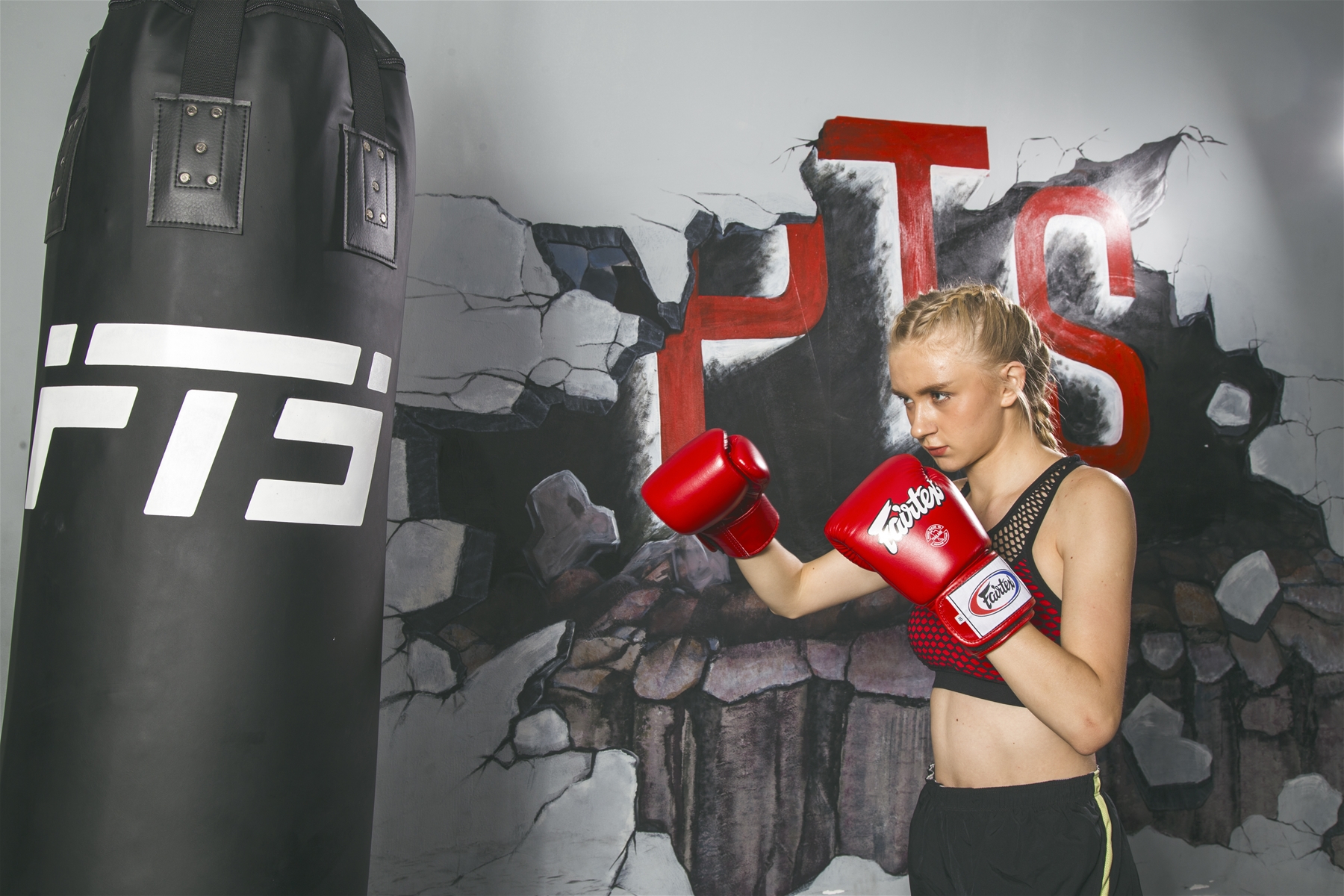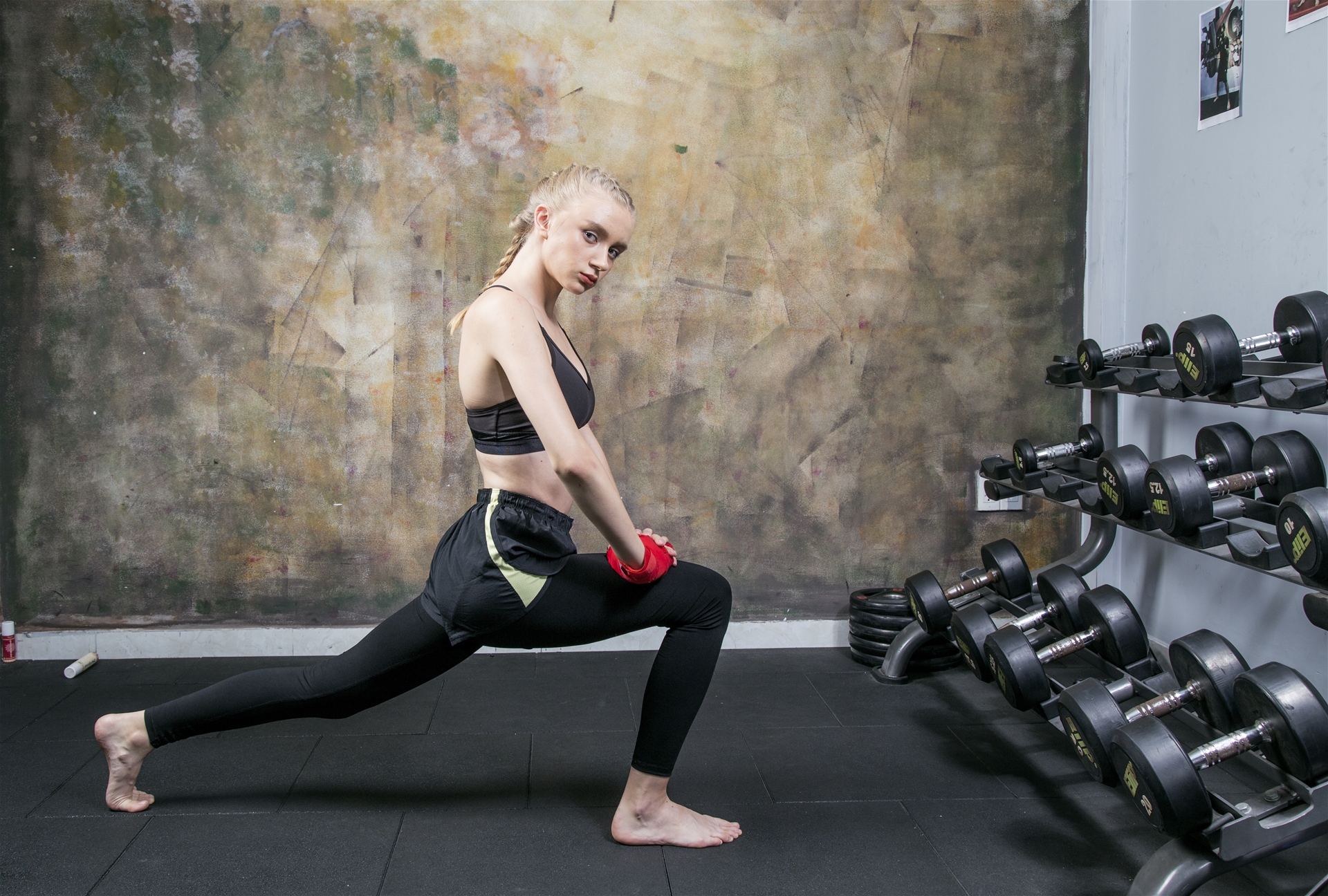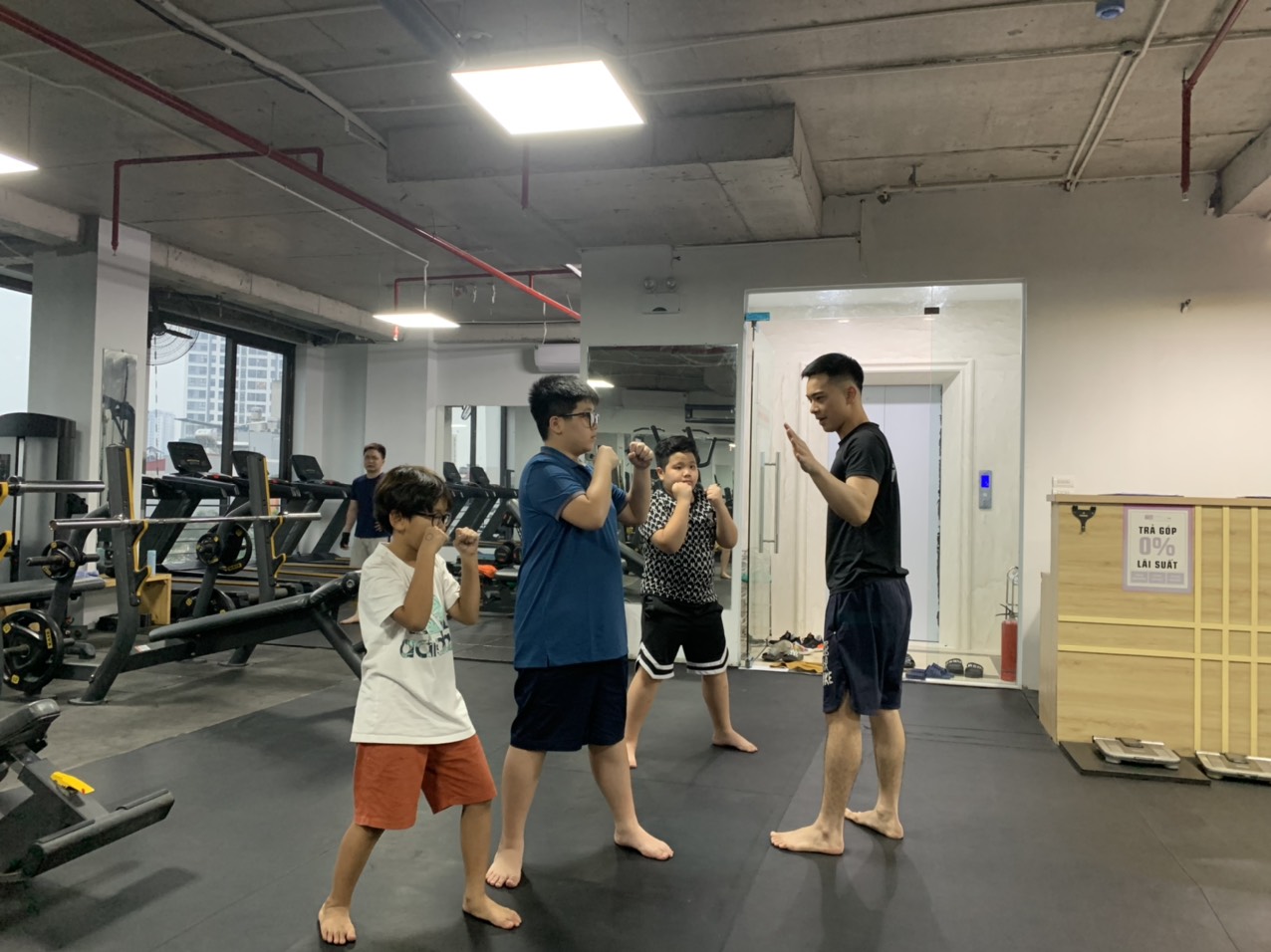BOXING 101: Catching And Blocking
The four most commonly used types of blocks in BOXING include:
- High Guard - This is often the first guard that fighters learn.
- The Lead Hand Guard - This involves raising your front elbow so that it is facing your opponent. It is great for blocking hooks.
- The Rear Hand Guard - The same as the front hand guard but on the opposite side.
- Low Block - This involves keeping your elbow close to your torso to block body shots.
Mastering the Art of Blocking and Catching in Boxing
The best defense in boxing is usually to avoid the punch by moving your feet or head, but that is not always possible. Blocking is usually a last resort when you cannot escape your opponent's punch, while catching a punch is often used to stop punches before they reach your face.
Let's take a detailed look at how to block and catch a punch correctly inside a Boxing ring:
1/ Blocking Hooks
While dodging a punch allows you to avoid injury, it also takes more energy than blocking. Blocking is taking a punch to less vulnerable parts of the body, such as the shoulder, mitt, elbow, and forearm. The goal of blocking is to avoid absorbing the impact to more vulnerable parts of the body, such as the liver, head, temple, or face.
Jabs and crosses are often the hardest punches to block because they are thrown right in the middle of your defensive stance. This is one of the reasons why cross punches can be so effective in boxing because they go straight to the middle and pack more power than a straight punch. Round punches are a little easier to block because most boxers keep their guard to the side of their head, so their arms are already in position to block.
Blocking Rear Hooks - Blocking Rear Hooks
Hooks are the most used punch in boxing and can land with considerable force when executed correctly. To block properly in boxing, you must keep your hands up. However, this is not enough to block hooks because your temples and the top of your head are still exposed when throwing hooks.Here is the proper mechanism for blocking hooks:
- Raise your blocking hand above your normal guard to ensure your entire head is protected.
- Make sure your elbow is at a 90-degree angle to your body and move your arm towards the middle of your face.
- Tilt your head to the opposite side as the punch comes towards you.
- Back hooks can be difficult to duck if your opponent throws them with good technique without any thrust.
- Blocking becomes your best defensive option at this point. That doesn’t mean you should only block in these situations. There’s nothing wrong with blocking while trying to avoid danger or duck under a punch.
Blocking A Lead Hook
- The lead hook is often harder to avoid than the back hook because it travels less distance to reach you. This makes learning how to block a lead hook more important because it takes a lot of experience to see and avoid it.
- Blocking a lead hook involves the same mechanics as blocking a back hook. Just done on the opposite side.
To block a hook to the body, you need to lower your guard and bring your elbows in toward your hips to protect your entire rib cage. Arch your back slightly in the direction of the incoming punch to lower your arms, but remember to keep your chin up while protecting your face with your fists.
2) Blocking The Cross
Your first line of defense against a cross is head movement, as simply moving your head away from the center line is often enough to avoid the punch. When you can't avoid the punch, it's time to use guarding to protect vulnerable parts of your body.
The goal is to get the cross to pass through your elbow, glove, and forearm by rotating your elbow as you raise your guard. This will direct the force of the punch away from you so that you don’t absorb it into your body. Don’t rotate it enough and your chin will be exposed. Too much rotation and one side of your face could be damaged.
3) Block Uppercut
Blocking an uppercut is not much different than blocking a hook. The main difference is that you rotate your torso and move your blocking arm slightly so that the uppercut lands on your elbow or forearm. You want to bring the elbow of your lead hand to the center line so that your chin is protected from the blow.
Catching Punches
- Catching and blocking are often confused, but there are some subtle differences. Blocking involves deflecting an incoming punch by striking your opponent’s hand, while catching involves using an open palm to block the punch.
- Both are high-risk defensive techniques, so you’ll want to master the basics of blocking before moving on to these more advanced defensive techniques.
- Catching is typically reserved for straight punches in boxing, and the main goal is to create enough resistance to avoid having your hand pushed back into your face.
*This technique works as:
- From the fighting stance, raise your lead hand with your palm facing your opponent.
- Imagine you are trying to catch a baseball with a catcher's mitt. Very similar to what you are trying to do here.
- Move your head so that it is behind your extended hand. Look to counterattack after you have absorbed the force of the incoming punch.

7 DAYS FREE TRAINING













